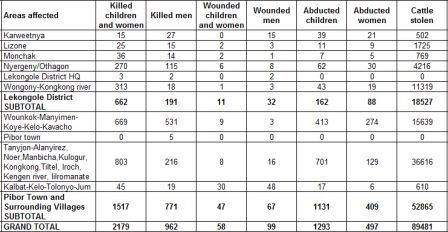More than 3,000 killed in South Sudan ethnic violence, says Pibor official
By Ngor Arol Garang
January 6, 2012 (JUBA) – At least 3,141 people, mostly innocent civilians predominantly women and children have died in a week-long tribal clash, involving two neighbouring rival ethnic communities of Lou and Murle in South Sudan’s Jonglei State, according to unconfirmed reports.
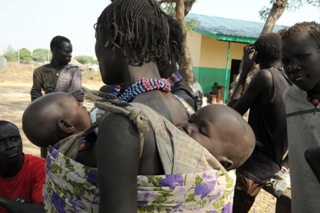
The fighting erupted last week after the United Nations reported that heavily armed Lou Nuer youth were moving toward Murle territories, cutting through the bush into Pibor town. In the last seven months of 2011 over 1,000 people died in cattle raids and revenge attacks between the two groups.
Eyewitnesses have told Sudan Tribune that armed Lou Nuer men hunted down Murle civilians who ran to the bush to escape the assault on Pibor town and other areas.
The Commissioner of Pibor County told reporters who visited the area on Friday that the assailants committed “a real massacre”.
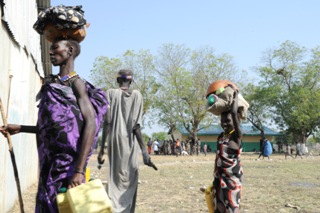
Konyi believes that a lot of people have been killed although they have not yet finished collecting and counting dead bodies.
“We are still receiving more bodies from different places, but we have now counted 2,182 women and children and 959 men killed.
“1,293 children mostly those between five to twelve years are missing. We do not have information of their whereabouts. We think they are abducted because until this moment we have families without children,” he said.
He also indicated that 375,186 cows in three camps have been stolen.
“The whole thing is actually a genocide”, the commissioner said.
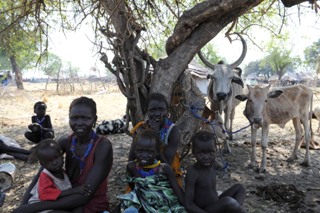
“The number of armed youth which launched [the] attack on this area was much bigger than the initial SPLA forces we had. What were here were just two companies, so they decided to only provide protection to civilians who managed to run to the barracks.”
The UN and SPLA have yet to give their own figures for the number killed or confirm the claims of the Pibor county authorities.
If confirmed, the killings would be the worst outbreak of ethnic violence in South Sudan since it became an independent state in July 2011.
South Sudanese army spokesperson Philip Aguer told Sudan Tribune that he could not comment on the figures by the county authorities because he was still awaiting reports from forces on the ground but said he believes a lot of people may have died.
“Of course many people may have died. It is sad and regrettable that the SPLA could not contain it,” Aguer said adding that, “this was not the first time incident and it will not be the last”.
“I think you know that last year Lou Nuer attacked several Murle villages stole cattle and a lot of people. The Murle responded by attacking several villages in Lou Nuer territories too, stealing cows and killed many people. So this looks like it becomes a practice but it has never reached to this level [before],” Aguer said.
Most of South Sudan’s military are stationed at the tense border with north Sudan, leaving less soldiers available to deal with internal conflict.
The United Nations also believe a lot of people may have been killed. However the international body believes its early warnings advising civilians to flee the area had saved many lives.
“Yes we are aware of the damage but it is difficult to confirm anything at this stage. We are still gathering information from our offices in Jonglei, specifically on the ground in Pibor”, the spokesperson of the United Nations Mission in South Sudan (UNMISS) told journalists on Friday.
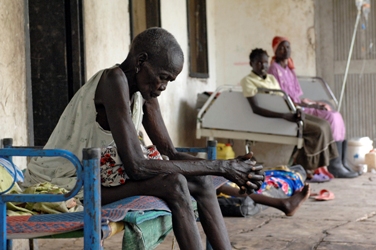
“The Lou Nuer youth have responded to the order by the government to withdraw, and they have started leaving Murle areas. Pibor town is now calm.”
“The only problem now is food. Those who fled the conflict,” said Governor Manyang, referring to Murle, “have started returning to their villages. So they need shelter. This is where we need humanitarian organisation[s] to provide assistance to the affected families.”
(ST)
